Week 7 & 8 update
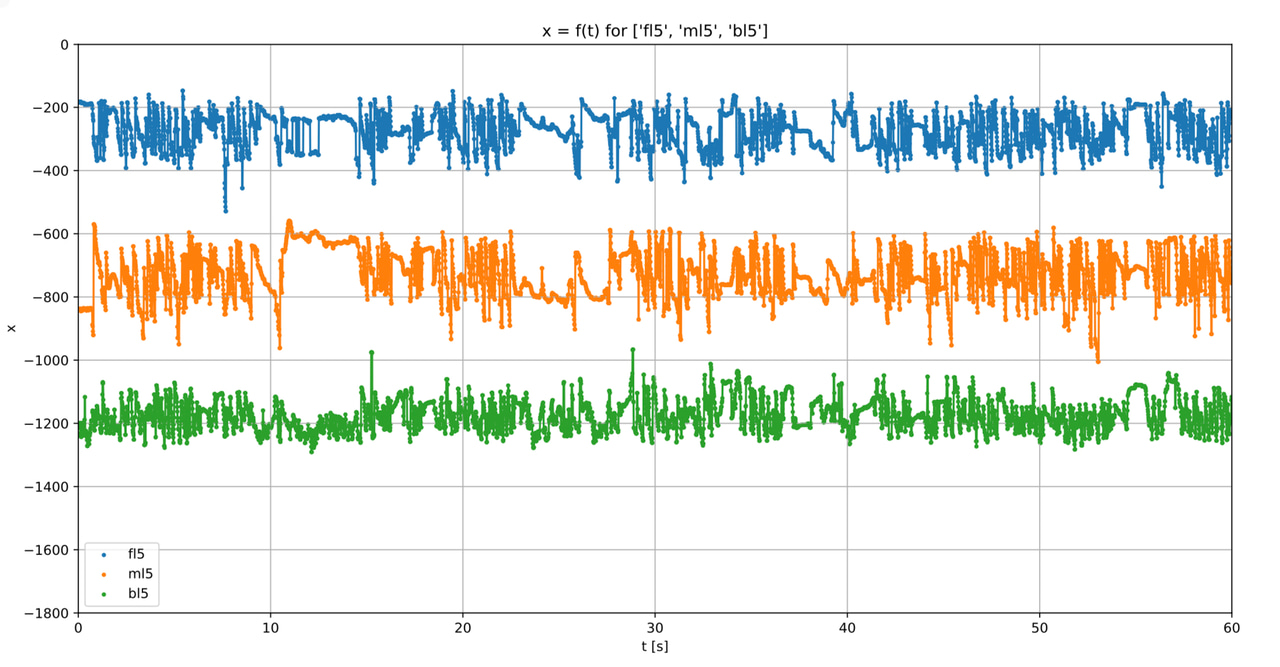
Week 7
Now that the network was trained, I had to search which features I would have to choose for it to be the most accurate for my type of experiment. The neural network is indeed composed of a specific architecture that determines the organization within the network and how the data is processed and also of an augmentation method – a technique used to increase the diversity and size of a dataset by applying various transformations to the original data samples. In short terms, they define the efficiency and accuracy of the neural network used.
In my case, it was important to implement the most performant neural network offered, insofar as some flies with motor movement defects present tangled legs that are difficult for the software to distinguish. My choice fell on efficientnet-b6 with tensorpack as the augmentation pack, even though they are very demanding in computational resources and it takes therefore much more time to process the given data.
Concerning my Python script, as the flies are placed on the cameras manually, they are never in the same position, which can distort the results obtained. The software plots the position of the fly's legs point by point, which in turn depends on its overall head-to-tail positioning. To avoid drawing erroneous conclusions, I, therefore, standardized all fly positions before they were analyzed; the fly’s legs were rotated by the angle between the head-tail average diagonal and the horizontal to ensure similar starting positions.
I also continued to enhance the analysis of my code by computing the derivatives of the ends of the flies' three left legs (fl5, ml5, and bl5), since I am focusing on my study on the view from camera 2 only for the sake of brevity (see attached image) . In this way, I was able to obtain the flies’ average speed.
Last but not least, I had to learn how to use FreeClimber, a software that analyses the climbing experience by computing the average vertical velocity of the different genotyping groups.
Week 8
The last week was really busy, as I needed to gather all the data that I had collected and label them through DeepLabCut, which took two whole days. I took advantage of this waiting time by optimizing the last features of my Python script. Given that the output of my code is an Excel file with the rest time of the three left legs of the flies analyzed, I had to adapt the format and find the best way to compute accurately the proportion of a fly’s resting time in a one-minute session in percentage.
To produce satisfactory results, it was important for me to compare the resting time of a fly on a reference video and to study the range of values in which its derivatives could be found in (= the indicator of the fly’s speed). I was therefore able to assess the range of numerical values that corresponded to idle time.
Since the end of my internship approached, I also devoted myself to the layout of my research poster. It was indeed of paramount importance that I focused on finding a way to present my results in a visually appealing way that is accessible to a non-scientific audience. I was therefore introduced to Prism, a software widely used to create scientific figures, to compare the data of my climbing experience.
As I expected, the difference in the vertical velocity of the two genotyping groups was nonsignificant. I am now putting my hopes on my primary experiment – the fly treadmill- since it was conceived to evaluate fine motor movement capabilities.
Unfortunately, given the software’s high demand for computing resources and its consequent slowness, I was unable to obtain all of the expected results during my internship. The work that is left to be done will be finished quickly insofar as my Python script was designed such that all of the files just needed to be put in a specific folder to obtain the rest time.
I am more than grateful for my internship in Prof. McCabe’s Lab and I wanted to thank all of my colleagues for their helpful insight throughout my experience in the lab especially my supervisors, Marine Van Campenhoudt and Md Al Amin Khan, who became two genuine role models that genuinely inspired me and will continue to inspire me in the scientific career I aspire to lead, a determination that has been more than confirmed over the last two months.
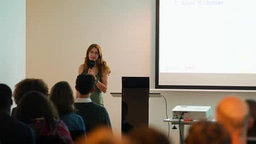

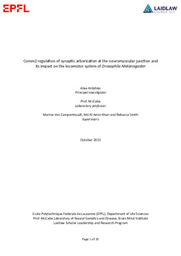
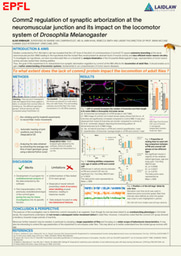
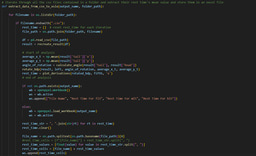
Please sign in
If you are a registered user on Laidlaw Scholars Network, please sign in
I'm impressed by what you have done in just 8 weeks Alixe. Looking forward to seeing your poster during the research symposium!